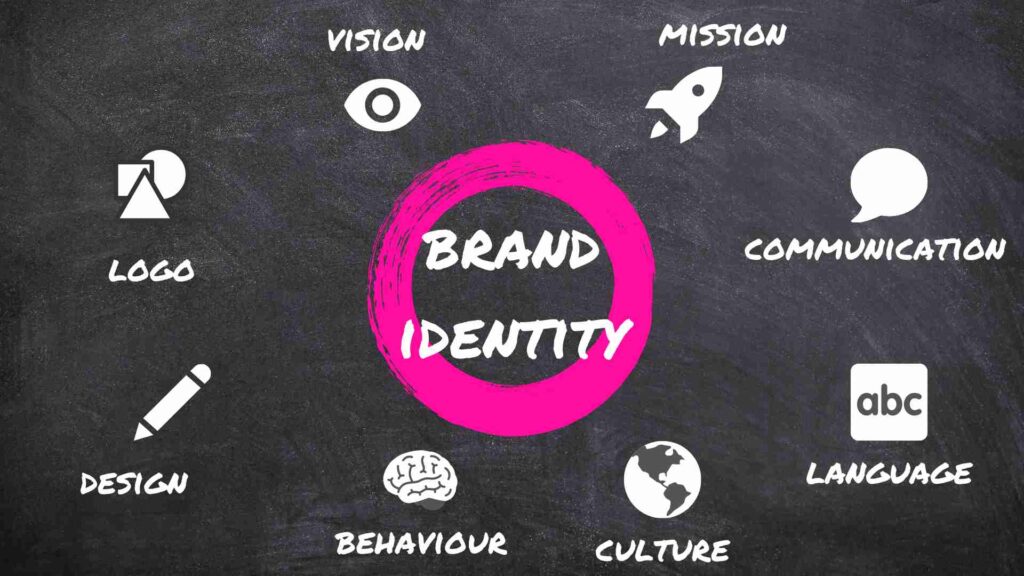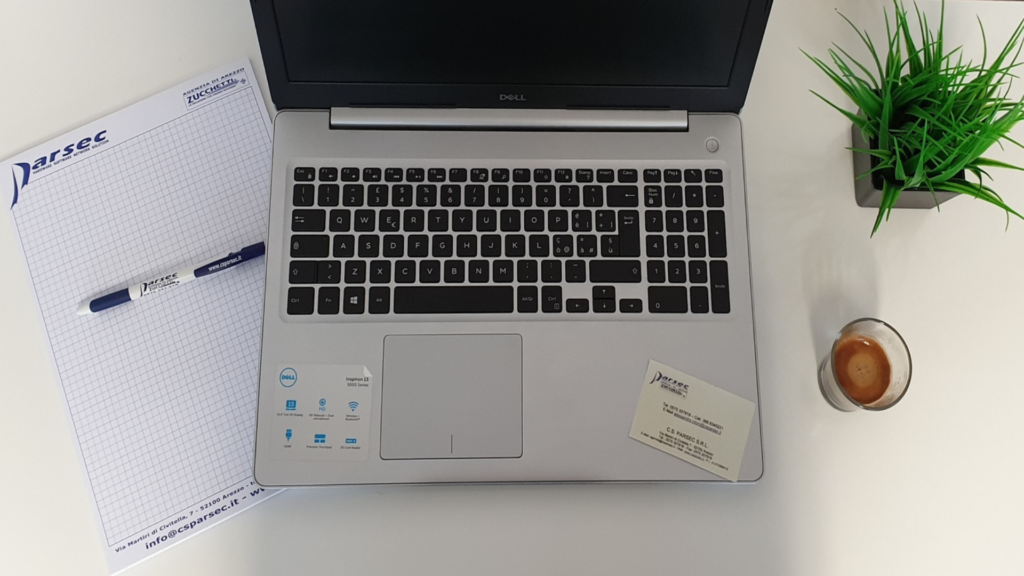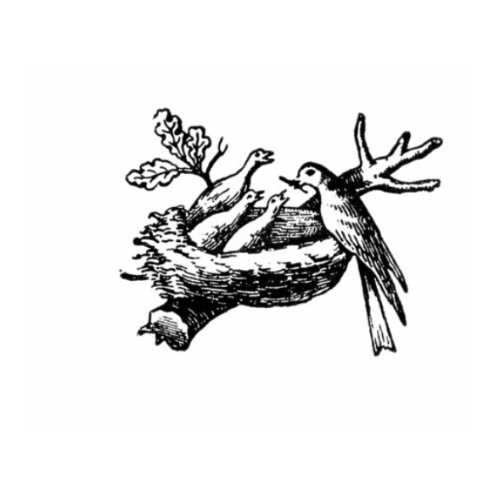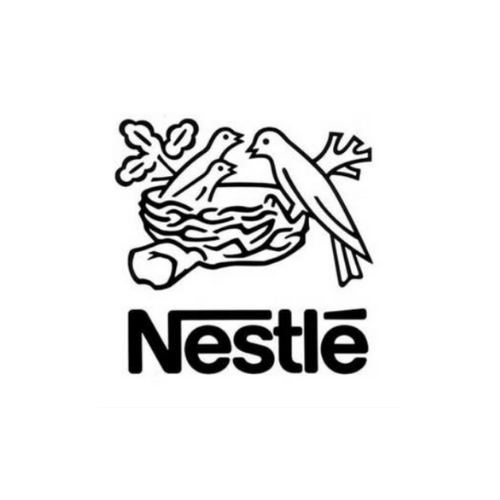So many times the word “logo” is used to say “brand” and vice-versa. Are they the same thing? But most importantly, what does your business really need? When we face topics like logos we think we should make room for creativity only: find a nice font, a good-looking pictogram and that’s it. However, as for the iceberg that made the Titanic sank, we should pay attention to what lies behind the surface in the first place.

What is brand identity?
The logo is part of what it is defined as “brand identity” and just the last step before considering the branding process done. Building up a brand identity means applying your brand values to all the visual elements you will use in marketing and communication. Those values will need to tell the very essence of your brand, from its name to the logo design, colours, shapes, graphics; all the elements that will form the brand unique language, its “tone of voice”. It doesn’t look so simple now, does it?
What do you need brand identity for?
Even if it’s not an easy task, the truth is a brand without a proper branding development behind is worthless, especially now, given we’re living in a market overload which makes differentiation way much more difficult than in the past. Why should we invest our time and resources in branding then? The simplest answer lies in the simplest comparisons. Take a Ferrari Portofino and a Fiat Panda, they’re both cars, right? Objects with an engine that can take a subject from point A to point B. They both have pros and cons, even considering the usage we’re going to make of them (it’s highly not recommended to drive a Ferrari in the woods), but their purpose is exactly the same. What will justify the price gap between the two though, is the fact that before being a car, the Ferrari is a statement, a range of emotions and meanings coming straight from their iconic brand development. A Ferrari car is not perfect, but its strong brand identity is guaranteed to work on the buyer who will find exactly all the features they were expecting.
A recipe for everybody
Well, needless to say, not every brand is Ferrari. This shouldn’t mean a good branding process doesn’t work for the smaller businesses too. As long as your clients find what they were promised in the first place, your brand will be perceived as strong, trustworthy and it will be remembered in a positive way. On the other hand, a confused brand lacking consistency won’t be able to translate the efforts into brand awareness and loyalty. Each business has a brand, the difference stands between managing it or leaving it in the hands of those who have enough time to write bad feedbacks in order to damage you.
How to develop brand identity
Let’s get to the real deal: how can you develop your brand identity. As for anything requiring specific skills, being an amateur playing expert while developing a brand is not a good decision. Hire professionals who can help you focus on the core values of your brand and work together in order to achieve the most distinctive version of the brand identity. Among the things you will need to consider while developing, make sure you consider your official website, business cards, stationery, promo material and anything which will carry the brand name. Once the brand development is finished, the hardest part comes in: keeping the consistency in anything you communicate.

Reinventing with rebranding
For all those businesses that come with baggage, it is possible to build a skyscraper without burning the village to the ground. Many popular brands have gone through the process of rebranding, a makeover that helps to adapt to historical and social changes. The perfect example comes from Nestlè, which in 1984 switched the three-birds logo to a two-birds version, clearly mirroring the trend of having a smaller family with fewer children.


What the digital era seems to determine, is a speeding between one rebrand and the next, necessarily favouring those who invest in brand development and progress. When talking about brand identity, keeping the pace appears to be crucial and only communication consistency will tell who those meant to stay are.

